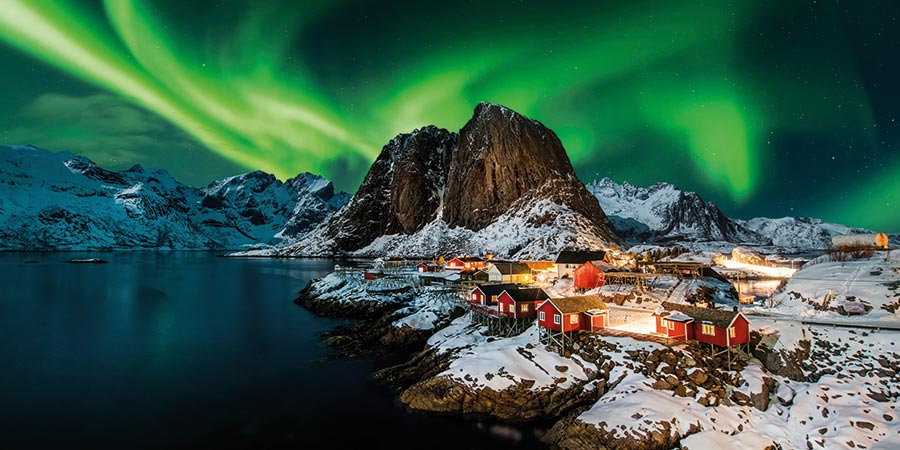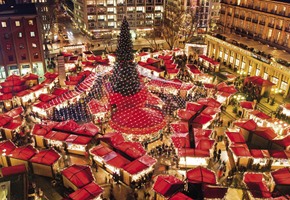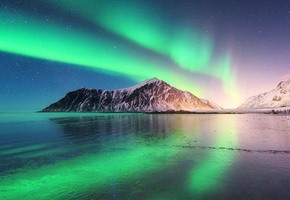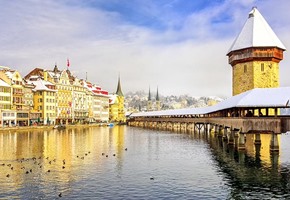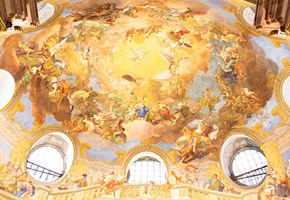Nature's most stunning lights show, the Northern Lights, otherwise known as the Aurora Borealis, are caused by solar storms and giant flares from the sun, and are completely unique. The lights appear mostly green, with violet and blue smudges here and there, and sometimes streak across the sky, while other times they can only be seen as hazy suggestions of light. The lights are on everyone's bucket list and are a once in a lifetime experience, but they are once in a lifetime because they are fairly tricky to catch a glimpse of. Escorted tours, like the Norway and Lapland railway tour and the Northern Lights on a Winter Arctic Cruise tour, will give you your best shot at seeing the lights, but to really up your chances, here's some tips for seeing this spectacle.
Go in Winter
The northern hemisphere's winters are dark and long, and this give you the best chance of seeing the Northern Lights shining brightly in the sky. Typically lasting from October till March, the winter in this part of the world gives you longer hours of darkness than you might be used to, but along with that is a greater chance of seeing the lights in all their glory. More remote areas, away from towns and cities, also mean clearer night skies and better chances of seeing the lights.
Go North
This might seem obvious, but you need to head north to see the Northern Lights We aren't just talking about a quick trip up to Scotland here. Although it is sometimes possible to see the lights in Scotland, your chances are much greater the further north you go. So, head all the way up to the Arctic Circle and you up your odds of catching the lights.
Get a Good Photo
It used to be the case that you'd need a fancy and expensive camera, and preferable a tripod, to get a good snap of the lights. But these days a good mobile phone with 'night mode' should get you a really good photo. It all depends how good you want your photos to be. If it's just want a souvenir snap, your camera phone will be good enough. If you're looking for more than that, take a DSLR camera, with a tripod, or simply steady it on a vehicle or table. Set your camera to 'mountain', and increase the ISO to 800. Shutter speed should be 15-20 seconds. And turn the aperture to as low as possible, to allow more lights into the lens.
Be Prepared to Stay up Late
Although the Arctic Circle in winter does experience long hours of darkness and the sun sets early, the lights might not appear till late at night and sometimes in the middle of the night. Your level of dedication to seeing the lights will determine how willing you are to get up in the middle of the night to see them, but the later you're prepared to wait up, the better the chance you have.

